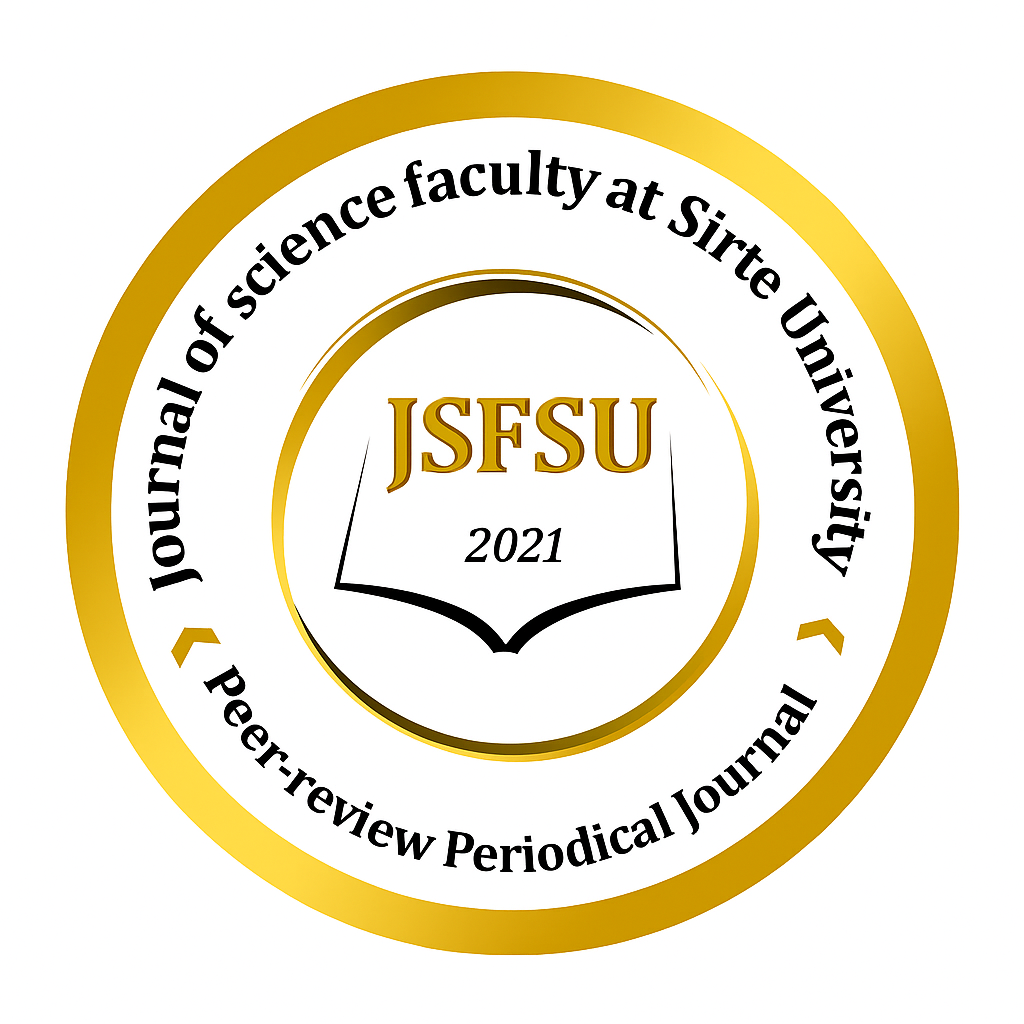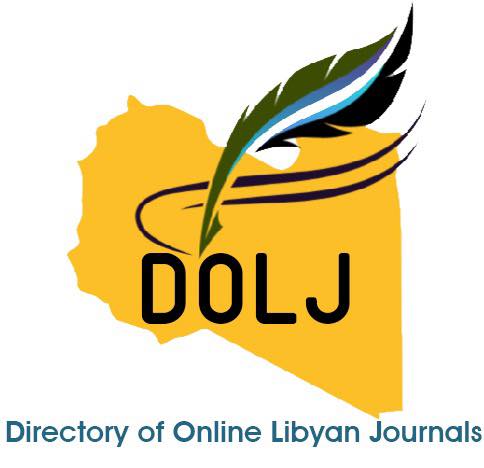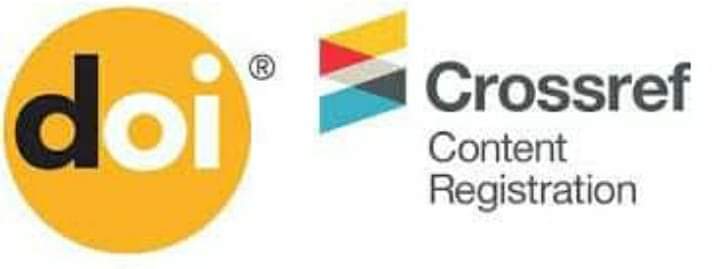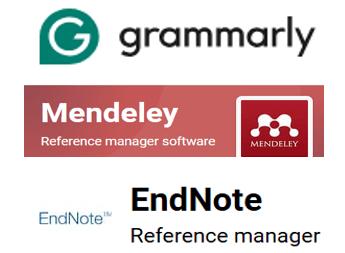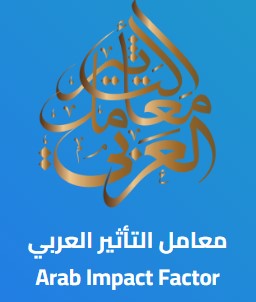أخلاقيات النشر العلمي
سياسة اخلاقيات البحث العلمي و النشر العلمي
- يُشترط أن يكون المقال المُقدَّم للنشر في المجلّة أصلي يحوى موضوعاً جديداً, وأن لا يكون منشوراً من قبل أو مقدماً للنشر في مجلّة أو مؤتمر أو ورشة عمل أو ندوة أخرى.
- يجب على الباحث الابتعاد عن التزييف, التحريف, الانتحال, تكرار النشر, إرسال البحث لأكثر من جهة بوقت واحد, انتهاك مباديء الأخلاق, الإطالة, سوء التنظيم و تجزئة نتائج البحث بأكثر من ورقة بحثية.
- يجب أن يستوفي البحث المُقدَّم للنشر في المجلّة مُتطلبات البحث العلمي مع ضرورة الالتزام بمستوى أكاديمي عالي في جميع مراحل البحث، بما في ذلك عرض الهدف من البحث, مشكلة البحث، مراجعة الدراسات السابقة ذات الصلة بموضوع البحث، تحليل البيانات، مناقشة النتائج واستخلاص الخاتمة ,التوصيات و كتابة المصادر التي تم الاستعانة بها في إنجاز البحث.
- يُرجى من الباحث/ البُحَّاث التكرم بالالتزام بإسناد أية معلومات مستعملة في البحث لمصدرها الأصلي، بما في ذلك الجمعيات المالية أو الأستشارية أو المؤسسات التي قد تؤدي إلى التحيّز أو تضارب المصالح.
- الرؤى و الآراء اﻟواردة في الأبحاث المنشورة في المجلّة ﻻ تعكس ﺑﺎﻟﺿرورة وﻻ ﺗﻣﺛل رأي أو وﺟﮭﺔ نظر الكلية و لا هيئة التحرير بالمجلّة و إنما يعتبر الباحث وحده المسؤول عما يرد من آراء و عن صحة ما ورد من نتائج و استنتاجات في المقال المنشور.
- يجب علي الباحث/ البُحَّاث فهم و تعبئة و التوقيع على "نموذج تعهد الباحث/ البُحَّاث بأصالة البحث و الإلتزام بأخلاقيات البحث العلمي و نقل حقوق النشر وعدم تضارب المصالح " المُتاح إلكترونياً على الموقع الإلكتروني للمجلّة على الرابط:
- و الذي يُقر من خلاله على التعهد بالالتزام بأخلاقيات البحث العلمي و الابتعاد عن الانتحال بأي شكل كان و أن ينسب المعلومة إلى مصدرها الأصلي و تقديم الشكر إلى من كل أسهم في البحث مع ذكر نوع المساهمة.
- . إذا تم استعارة صورة أو جدول من بحث منشور سابقاً، فيجب الإشارة إلى المصدر الأصلي وأيضاً الحصول على إذن كتابي من صاحب حقوق النشر وارفاقه مع البحث المُقدَّم.
- في حالة استخدام صورفيها أشخاص، يجب حجب الوجه أوتشويشه مع الحصول على إذن كتابي من الشخص المعني.
- تتبع المجلة ميثاق اخلاقيات البحث العلمي كما ورد في صفحة جامعة سرت : Code-of-Ethics-for-Scientific-Research.pdf
- تتبع المجلة مدونة قواعد السلوك الخاصة بلجنة أخلاقيات النشرCommittee on Publication Ethics (COPE) وتتبع مخططات COPE Flowcharts لحل حالات سوء السلوك المشتبه به، تلتزم المجلة بشكل خاص بمدونة قواعد السلوك الخاصة بناشري المجلات الصادرة عن يتبع المحررون في المجلة مدونة قواعد السلوك الخاصة بـ COPE وإرشادات أفضل الممارسات لمحرري المجلات.
